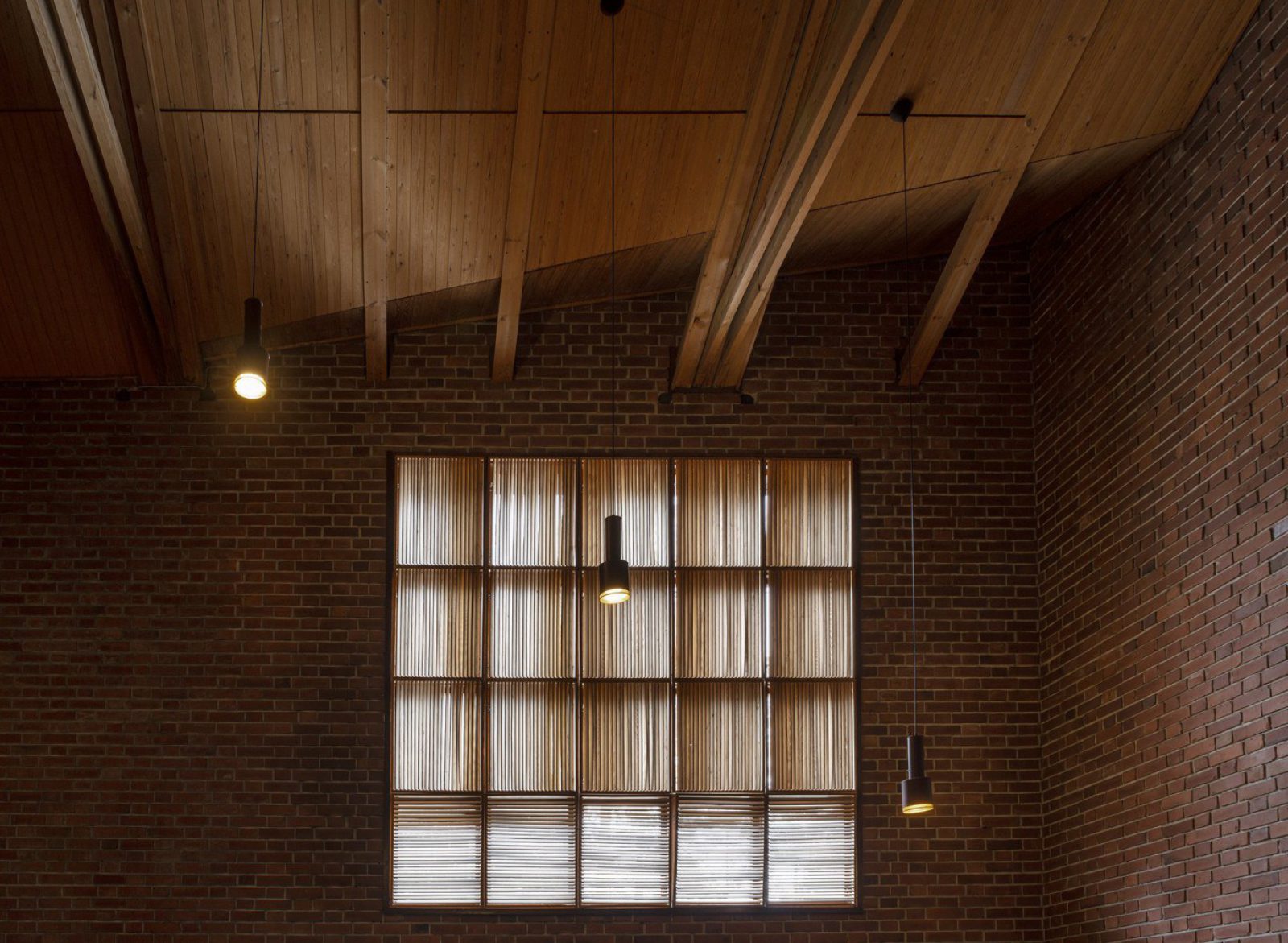
The World Heritage Site proposal currently under preparation is on display in the new Aalto2 Centre in Jyväskylä – The proposal for the nomination of a series of Aalto works on the UNESCO World Heritage List is due to be completed in 2025.
Since 2022, the Finnish Heritage Agency has been preparing a proposal for a serial nomination of 13 sites designed by the Aalto Studio for inscription on the UNESCO World Heritage List. The proposal will be submitted to UNESCO by February 1, 2025, and a decision is expected from UNESCO in 2026. The original architectural drawings, design artefacts, photographs and scale models of the sites to be included in the UNESCO World Heritage Site proposal are on display in the exhibition AALTO – Work and Life, which opened at the Aalto Museum on May 27, 2023.
The architecture of the Aalto studio is the most world-renowned and well researched of all Finnish architecture. The influence of the Aaltos’ work is still evident in contemporary architecture. The serial nomination being prepared by the Finnish Heritage Agency encompasses a total of 13 sites designed by the Aaltos, each of which has influenced modern architecture worldwide. The 13 sites are: Jyväskylä University campus, Seinäjoki Administrative Centre, the National Pension Institute head offices, House of Culture, Säynätsalo municipal offices, Church of the Three Crosses, Aalto Studio, Muuratsalo Experimental House, Villa Mairea, Sunila factory residential area, the Aalto House, Finlandia Hall, and Paimio Sanatorium. UNESCO’s decision regarding the proposal is expected in 2026.
Outstanding universal value
In nominating a site for inscription on the World Heritage List, it is necessary to demonstrate its outstanding universal value, which is evaluated using precisely defined criteria. In addition, there must be realistic conditions for the preservation and protection of the universal value of each site. The World Heritage Committee requires that the special value of the sites is protected by national legislation before they are accepted for World Heritage status. Some of the sites in the Aalto proposal are already protected by the Building Heritage Act, and some are currently undergoing the protection process.
"Precise maps of the boundary of the area and protection areas will be included in the proposal. In order to secure the outstanding universal value of each site, a joint plan for management and care will also be drawn up in the proposal," says Niina Svartström, the project manager at the Finnish Heritage Agency responsible for the preparation of the proposal.
A draft has been drawn up during the early stages of the work by members of the expert group from the Finnish Heritage Agency, ICOMOS Finland, and the Alvar Aalto Foundation responsible for preparing the World Heritage proposal. The buildings’ owners and users as well as the authorities become important partners as the preparation progresses to the stage of securing the sites’ values, the boundary of the area and the management and maintenance planning.
A strong ethos improving society
The draft proposal outlines the Aalto studio’s architecture as a part of the historical modern movement, where the joint effort of the different arts is to develop and improve people's living conditions through new forms. The Aalto sites were built as part of the construction of the Finnish welfare society from the 1920s to the 1970s. Their architecture demonstrates a strong ethos towards improving society, such as the idea of equality. The goal of the modernists was to make all people, irrespective of class, status, age and education, part of the new way of life of the modern individual.
"The presentation brings together well-preserved and intact examples of the Aaltos’ architectural heritage, where the experience of architecture is at its most rewarding," describes Svartström.
The quality of the Aalto architecture is said to be manifested in its ability to arouse the imagination. The surprising and creative solutions of the Aaltos’ architecture are also evident in the sites as a special relationship with nature and the landscape. For example, in the Muuratsalo Experimental House in Jyväskylä, the individual and the architecture become an integral part of nature: the brick reliefs of the courtyard patio, the archaic-looking fireplace and extensive lake views are among the highlights of the architect family's summer residence.
In the residential area of the Sunila factory in Kotka, new forms of housing and amenities were made equally available to the entire industrial community. The principles of openness and equality are reflected in the placement of the buildings. Favourable building locations were created amidst the forest nature by carefully utilizing the orientation and existing landforms. The quality of the housing is supported by shared services, such as a sports field, gardening plots, a laundry and sauna, carports and a bus stop.
Protection and preservation are humanity's responsibility
Finland ratified the World Heritage Convention in 1987. In Finland the convention falls under the Ministry of Education and Culture, and the Finnish Heritage Agency is responsible for its implementation.
The sites and areas selected for the UNESCO World Heritage List are considered to possess such value that their protection and preservation becomes the responsibility of all humanity. So far, seven sites from Finland have been inscribed on the list: Old Rauma, Suomenlinna Fortress, Petäjävesi Old Church, Verla Groundwood and Board Mill, Sammallahdenmäki Bronze Age Burial Site, Struve Geodetic Arc, and Kvarken archipelago.